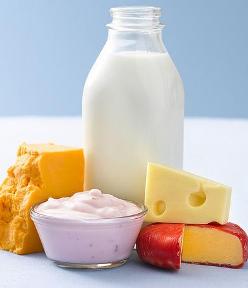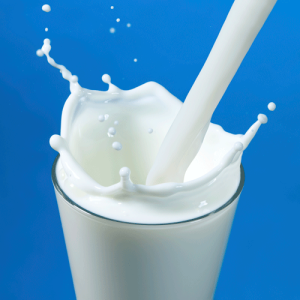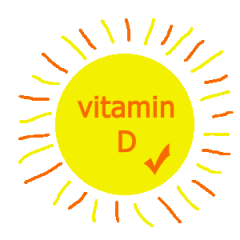 Could you really pin, post and tweet your way to a slimmer figure? According to recent information, it just might be possible.
Could you really pin, post and tweet your way to a slimmer figure? According to recent information, it just might be possible.
The Southeast Dairy Association’s e-communications manager, Katie Shutters, says “Social media has helped the internet go from a place where consumers gather information to a place where they share information and that has influenced the rise in health-related social media apps and sites.”
Get the Facts
Following reputable health organizations like WebMD on Twitter or “liking” your favorite farmer on Facebook, can keep you up to date on the latest information, research and news that can help you reach your weight loss and health goals. My favorite is Gilmer Dairy Farm. I can follow them on Facebook, Twitter, their blog and even their YouTube channel. After all, as one of my favorite dietitians Carolyn O’Neil professes-the more you know, the more you can eat!
Be Inspired
Sharing Pinterest boards with groups like Southeast Dairy Association and Cooking Light for kitchen inspiration or Women’s Health Magazine for workout ideas can help you keep your diet and exercise routines new and exciting. How could you not be inspired when looking at this board full of delicious and healthy dairy snacks?
Track It
There’s an app for that. Smartphone apps can help you stay on track with everything from daily calorie and exercise trackers to a food spoilage alarm. It’s hard to make an excuse when it’s right at your fingertips!
Lanier Dabruzzi, MS, RD, LD














